Some of the most magnificent wonders of the natural world are going to be forever altered or completely erased if 97% of the world’s climate scientists are correct. While Earth isn’t going to “die” for another 7.6 billion years – when the sun consumes the planet on its way to becoming a red giant – the Earth that supported the rise of our current collection of species has already begun showing signs of significant upheaval.
Throughout history many of the original 7 wonders of the world, great civilizations (Mexico), and entire dominant species were subsequently dismantled or completely disappeared. We have stories across many cultures about an ancient civilization sinking into the rising ocean. So what will be our generation’s Atlantis? Which animals will be our generation’s Wooly Mammoth? Our Hanging Gardens of Babylon?
Here are the 10 Travel Destinations That Will Disappear Due to Sea Level Rise:
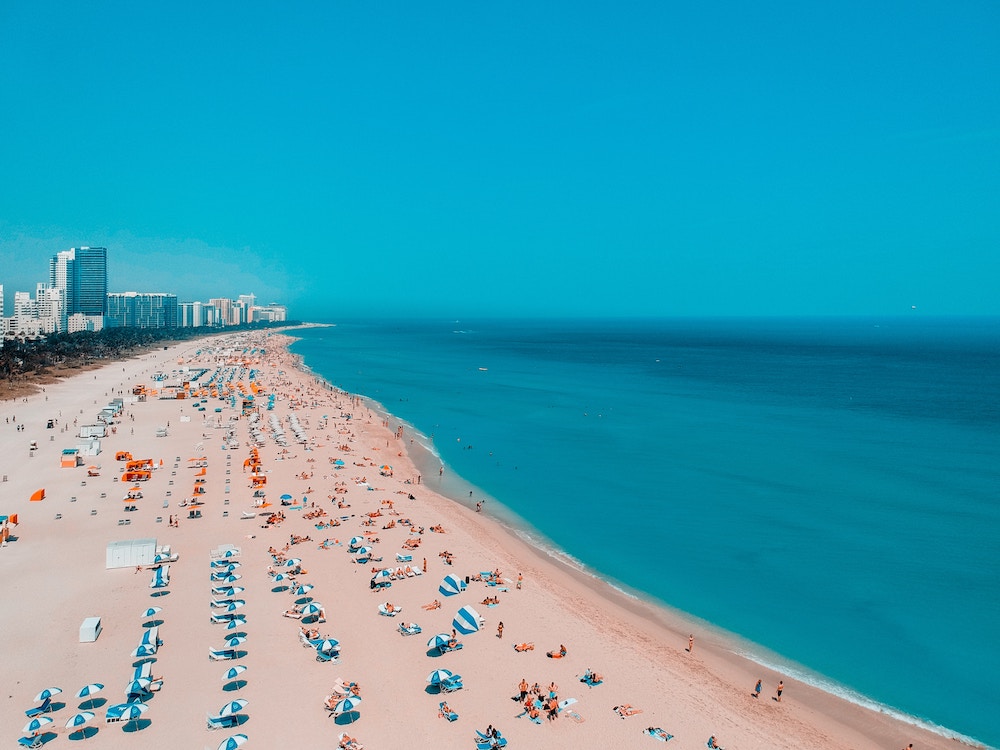
“The average elevation in [south] Florida is 6 feet,” said Keith London, city commissioner in Hallandale Beach, Fla.. “Some places are as little as 3 feet above sea level.”
If the climate matches the projections of climate scientists, the seas will rise as much as 3 feet worldwide by 2050, creating storm surges over 40 feet high.
Scientists are not certain how fast the ocean will warm and the ice will melt. They expect water levels to continue to rise faster, but are not sure just how fast. Since the sea is rising by an inch every five years, the NOAA projects a range between 7 and 13 inches by the year 2040. (SeaLevelRise.org)
When the ocean rises high enough, high tides cause flooding even on sunny days. Even though the sea level has only risen by a few inches, tidal flooding has increased by over 200% nationally. Flooding has increased more in some places than others. In Florida, due to a faster increase in sea level (Florida is also sinking), the flooding has gone up by 400% in the last 10 years, while in Virginia, flooding has gone up by 250% since 2000. (SeaLevelRise.org)
And if you expect to live until 2100, the world will be unrecognizable. The minimum sea level rise by that time is roughly a foot, and maximum projections by NOAA and the US Army Corps of Engineers vary between from 5 and nearly 7 feet.
So if you’ve never been to Miami or the incredible Everglades of Florida… go see them now because they will disappear into legend like Atlantis.
Here’s what Miami will look like in 50 years in different scenarios (it’s not good).
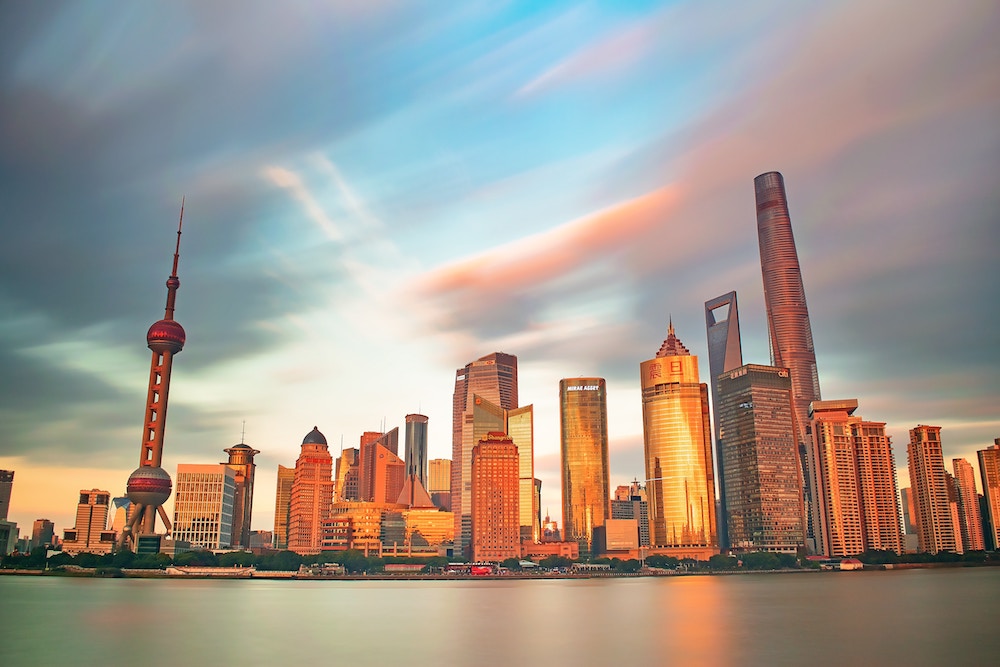
In 2012, a report from a team of UK and Dutch scientists declared Shanghai the most vulnerable major city in the world to serious flooding.
Projections show the vast majority of the city could eventually be submerged in water, including much of the downtown area, landmarks such as the Lujiazui skyline and the historical Bund, both airports, and the entirety of its outlying Chongming Island. (The Guardian)
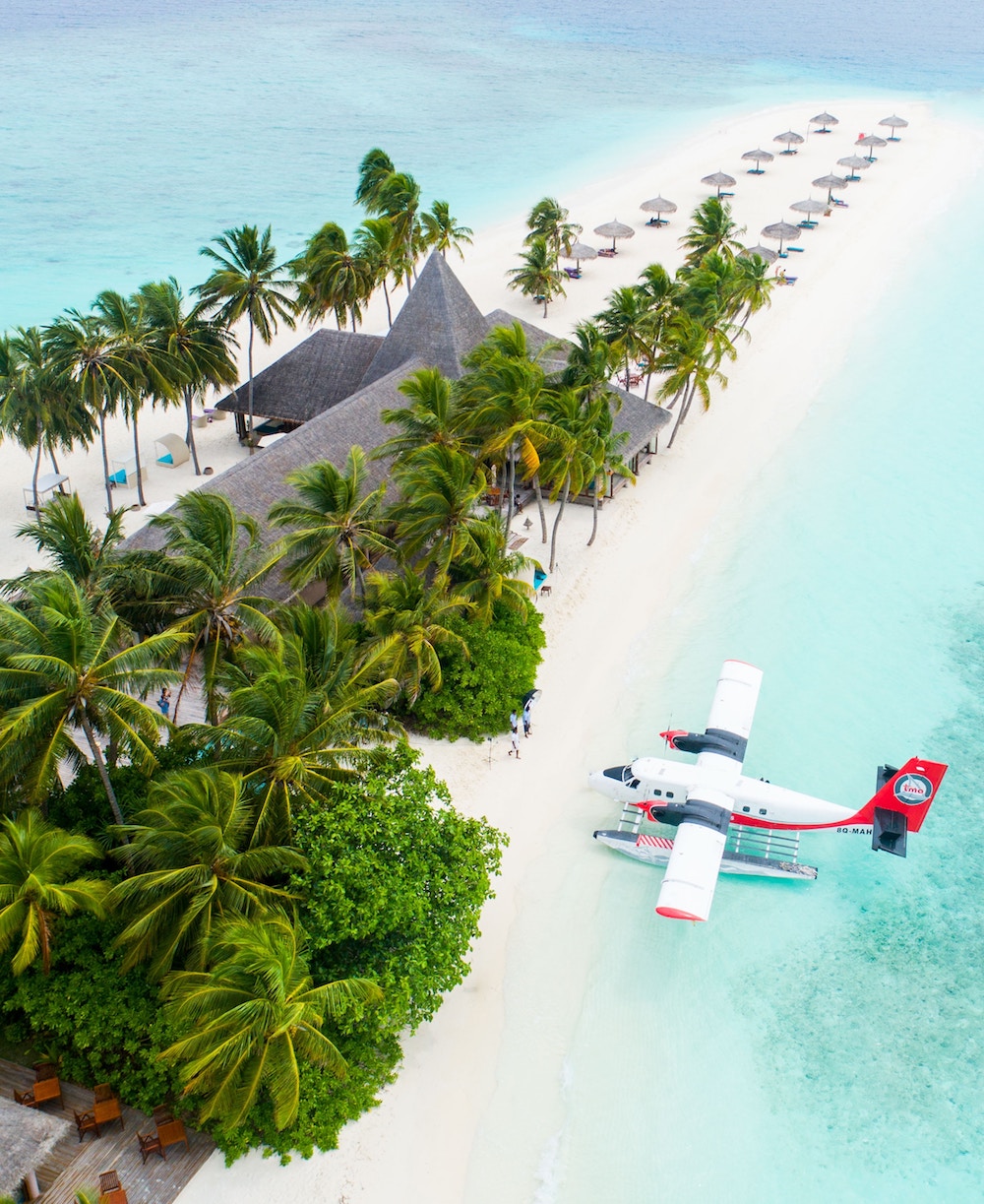
The Republic of Maldives occupies an area of 298 square kilometers south of India. It was a Portuguese, Dutch and British colony, and gained independence in 1965.
It is stunningly beautiful. And it will completely disappear within the expected lifetime of most children born today – and possibly before they reach 30 years of age.
The current sea level rise is the main threat to this country, which is among the lowest in the world with a point of maximum height of 2.3 meters and the lowest average altitude of the world: just 1.5 meters. (Conde Nast)
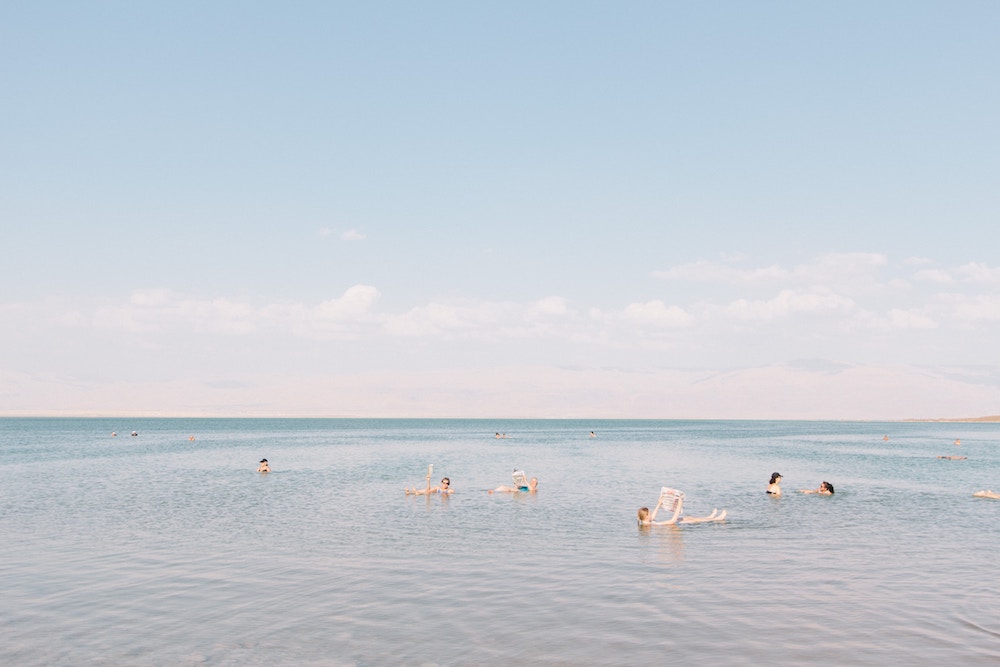
The Dead Sea is shrinking at a rate of some 3.3 feet a year; the body of water has already lost one-third of its surface area since development in the region started earlier this century, and sinkholes are appearing in spots where the water has receded.
Experts estimate that if it continues to disappear at its present rate, the Dead Sea could be completely dry by 2050. (Conde Nast)
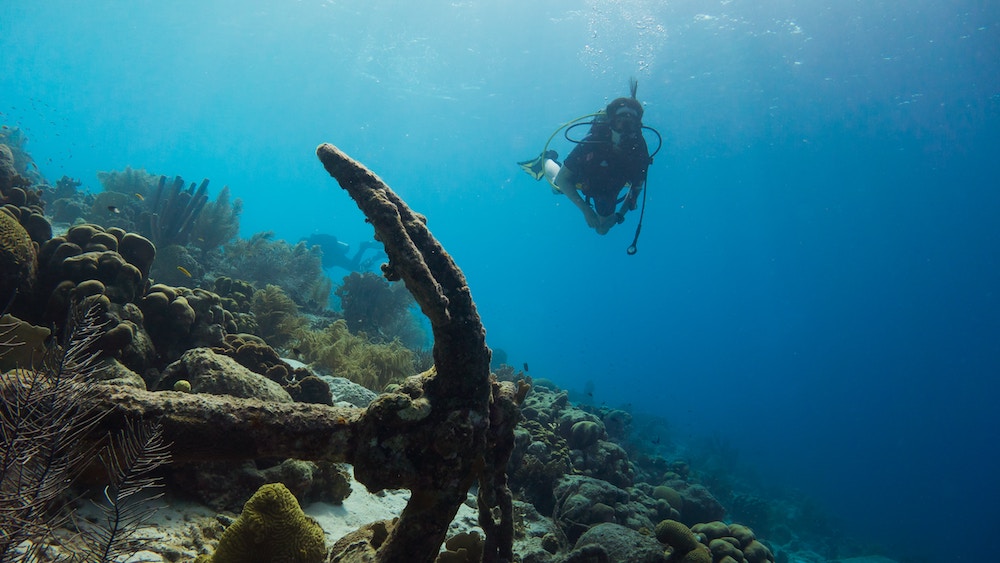
Rising ocean temperatures have caused coral bleaching in vast portions of the 1,400 mile long reef. There’s a reason divers love this reef, it’s one of the greatest natural wonders in the world.
Recent studies have revealed that more than 90 percent of the Great Barrier Reef has experienced bleaching to some degree. (Conde Nast)
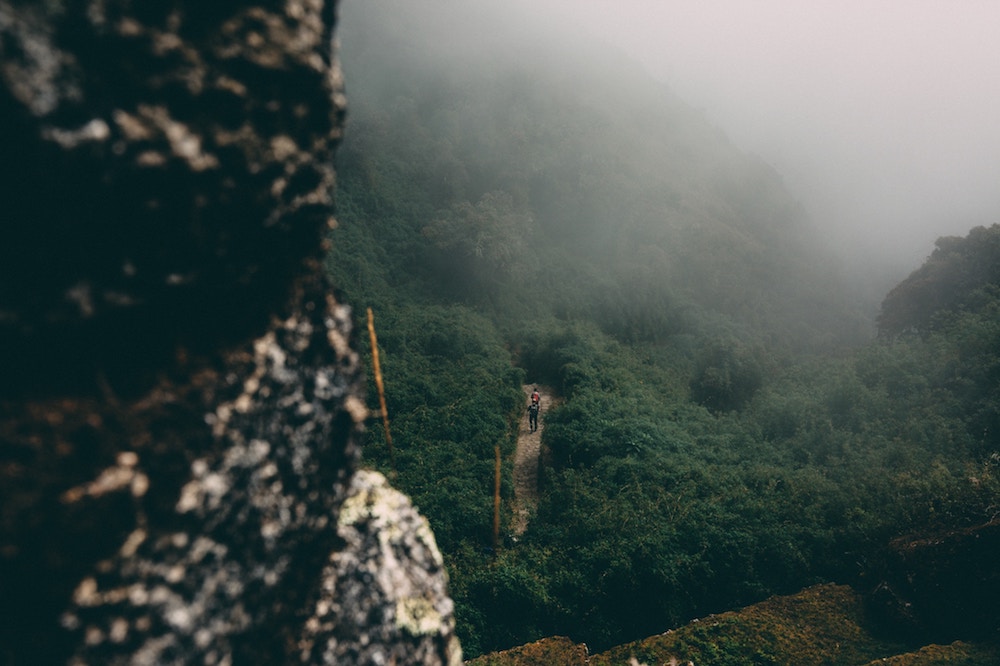
Extreme droughts have left tree species throughout the tropical jungle parched, leaving them vulnerable to large-scale dieback—as well as more susceptible to forest fires. (Conde Nast)
The effects of climate change would wreak havoc on the ecosystems of the Amazon. Andean cloud forests, for example, are home to thousands of species that live nowhere else.
This is really bad news, because as the forest is degraded and destroyed, the power of the Amazon to mitigate global climate change is weakened, and it is adversely affected by the implications of climate change. About 30% of our carbon emissions come from burning the rainforests alone. (AmazonAid)
Basically this is a horrific cycle that exacerbates itself and makes recovery more challenging every day.

Basically every major glacier and ice-related destination will suffer first and foremost. I picked two well known U.S. destinations because I’m biased and I’ve already been to Norway (everyone should go to Norway, btw).
Alaska is already experiencing major changes in the form of coastal erosion, sea ice retreat, and permafrost melt. The state’s many ice caps are receding at extraordinary rates, triggering landslides so intense they register on the Richter scale. (Conde Nast)
Glacier National Park
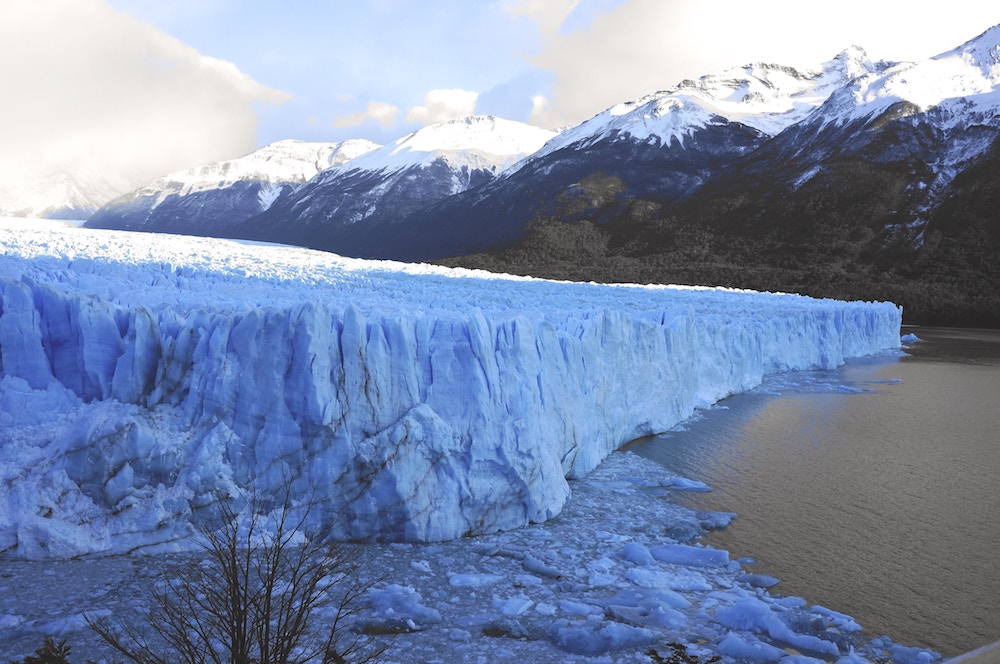
This national park is named after gigantic ice flows… which will disappear by 2100.
According to data released in May 2017 by the U.S. Geological Survey and Portland State University, since 1966, a warming climate has significantly reduced the size of 39 different glaciers in the park—the worst of which have seen reductions up to 85 percent. And the shrinkage shows no sign of slowing down either. As the glaciers melt, entire ecosystems will be altered and scientists predict there will be little ice left after a couple more decades—and none at all by the end of the century. (Conde Nast)
Venice, Italy
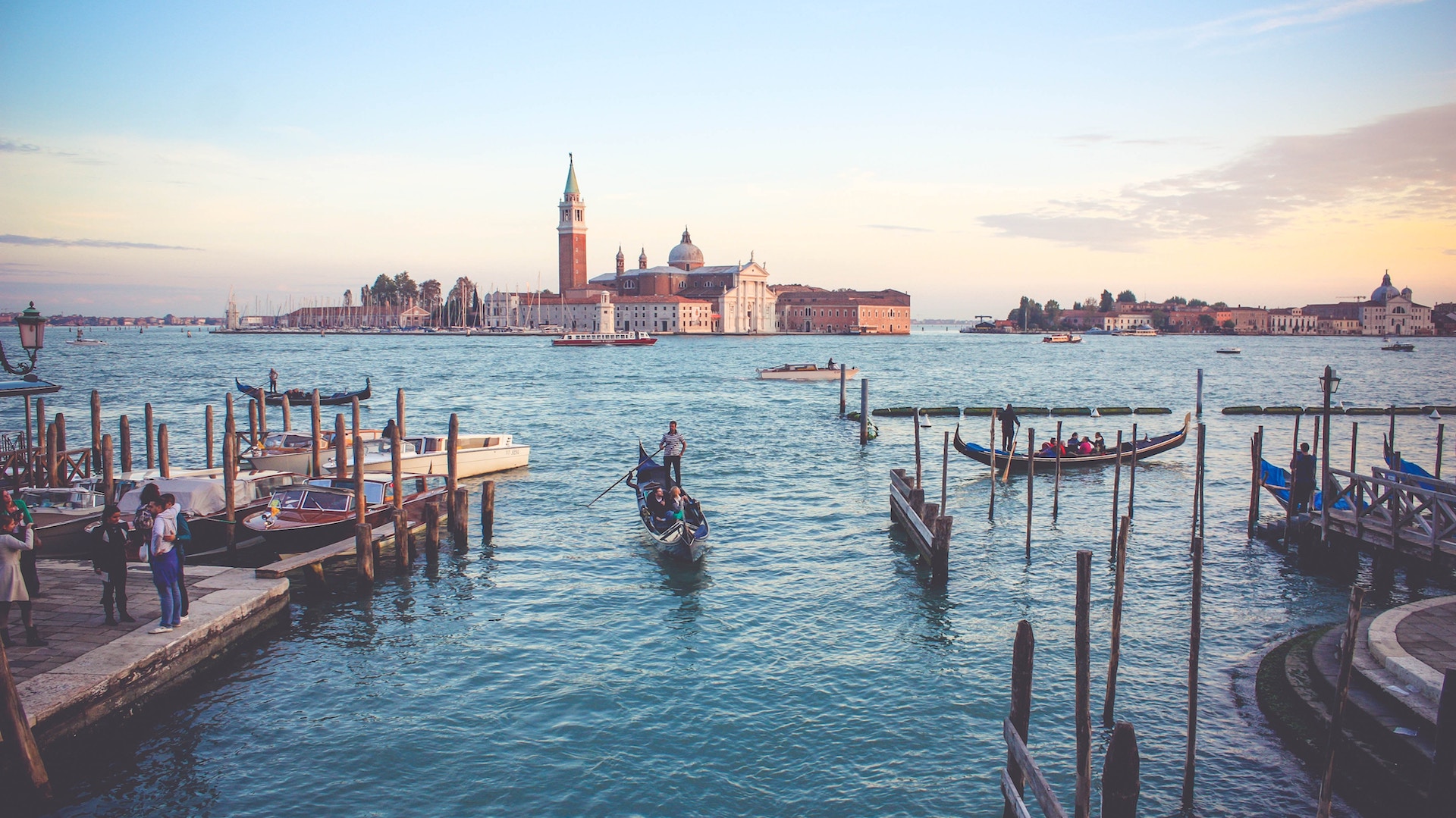
Venice will be underwater within a century if the acceleration in global warming is not quelled and flood defences installed, a new climate change report has warned.
The ancient and iconic city will be flooded because the Mediterranean Sea is forecast to rise by up to 140cm before 2100, according to the research.
The same rise in sea level is predicted to swamp a 176-mile long coastline in the north Adriatic and parts of the west coast of Italy, because of greenhouse gas emissions. (The Independent)
Osaka, Japan
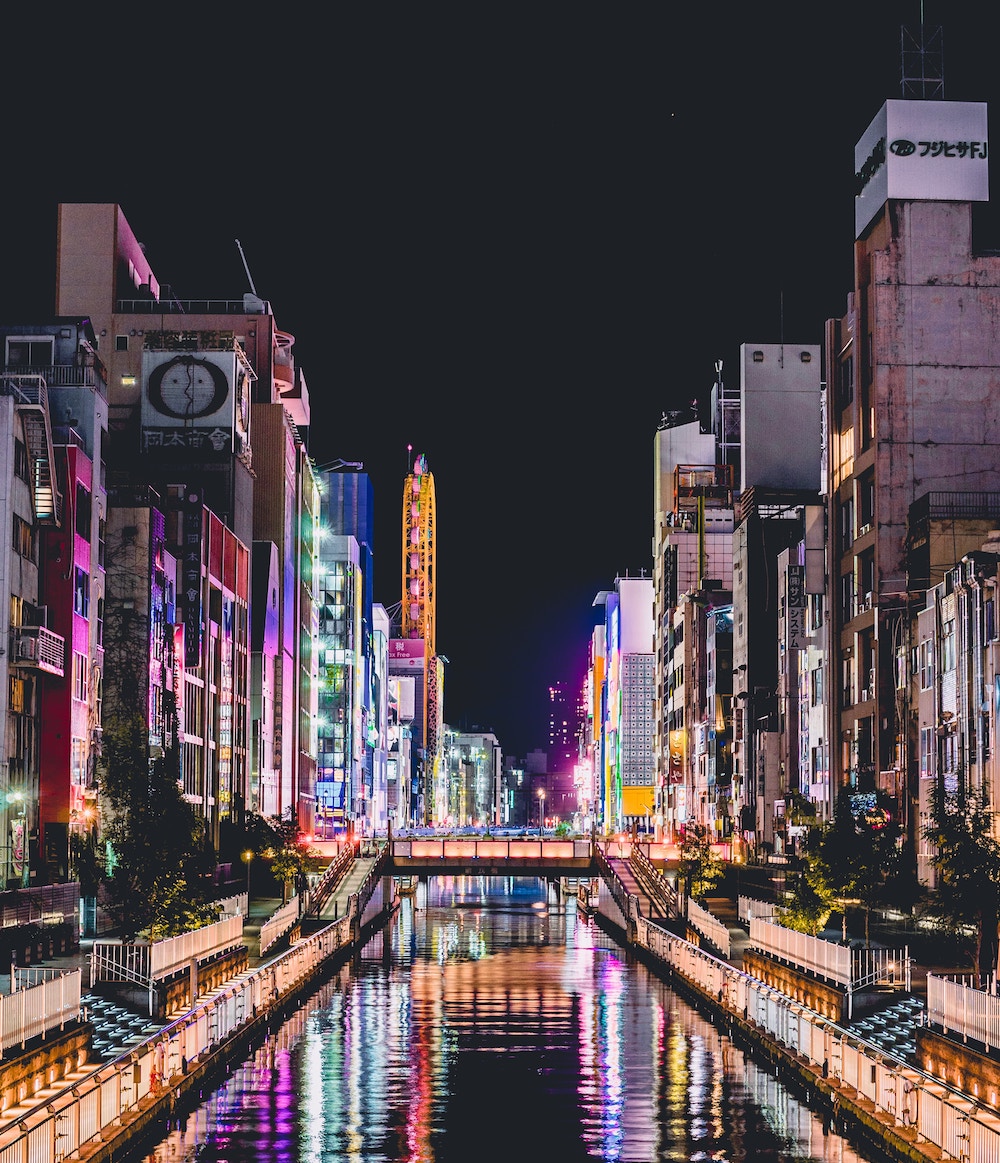
Image modelling shows that swaths of Osaka – the commercial heart of a region whose GDP is almost as big as that of the Netherlands – would disappear beneath the water in a 3C world, threatening the local economy and almost a third of the wider region’s 19 million residents. (The Guardian)
New York City, USA
Here is an interactive map of the flood plains of Manhattan in 2100, estimated by the New York City Department of Planning:

The rising oceans already wreak havoc on the sewer systems and subways, with flood walls already inadequate to the task of keeping streets from becoming canals.
The OECD ranked New York City among the 10 cities most vulnerable to rising sea levels with 2.9 million people and $2.1 trillion in assets exposed to storm surges by 2070 if sea levels keep rising. (BusinessInsider)
Even if the Big Apple survives the tides, it will lose luster with every storm (likely to increase in frequency and volume in direct correlation to sea level rise).

In 2012, Hurricane Sandy resulted in downed trees and electric lines, flooded homes, and damaged subway lines. Since thousands of homes and offices lost power, the city lost $25 billion in estimated business activity as well. (Time)
While our grandparents most likely lived through only one storm of Sandy’s scale, our grandchildren can expect to see at least 20. (BusinessInsider)
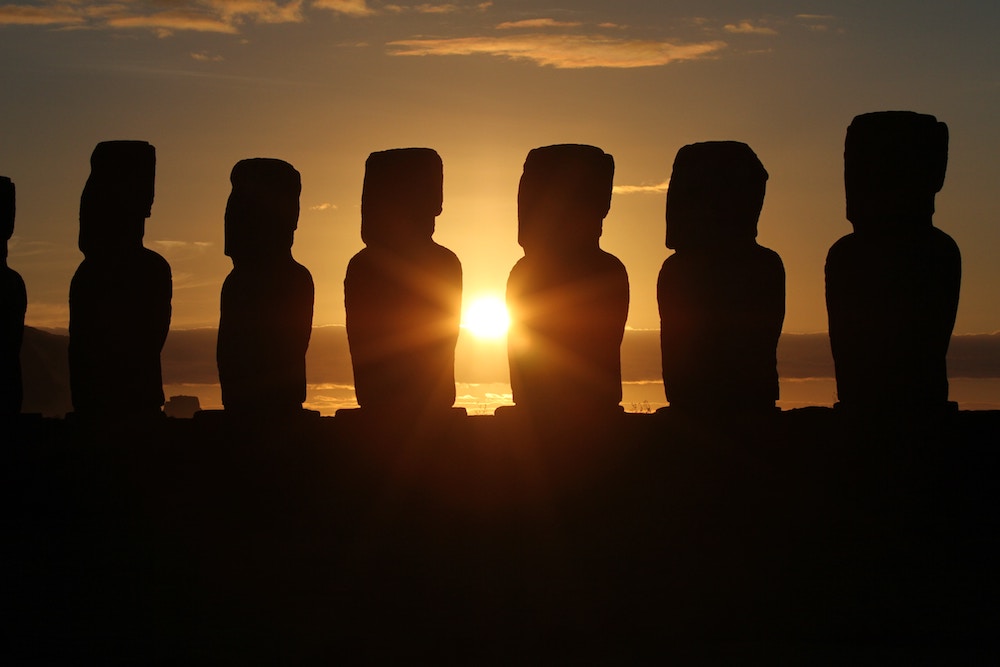
Well, just about any place with the word “Island” in its name is in danger of some kind. I chose to spotlight Easter Island because it’s on my personal bucket list and there’s really nothing like it anywhere else in the world.
Rapu Nui, along with other islands in the Pacific, is facing enormous pressure due to climate change. The moai (statues) are threatened by intensifying storms and rising seas. Downes says one of the main sites on the island, Ahu Tongariki, is low-lying and prone to inundation, making its moai particularly vulnerable. She says they may even be taken by the sea.
“There’s a prediction that depending on what sea level rises do, that those [statues] could disappear in a catastrophic event, totally.”
Even without a catastrophe, erosion on Rapa Nui is continuous and ongoing. There are nearly 1,000 moai on Rapa Nui, most of them located along the coast.
“There are sites that are being damaged and are falling into the sea as we speak, and some of those probably won’t last too much longer,” she says.
(CBC Radio)
There’s more where this came from.
I hope this inspires you to go see the world, be thoughtful about how you can help curb climate impact, and maybe help us save a few of these great wonders.